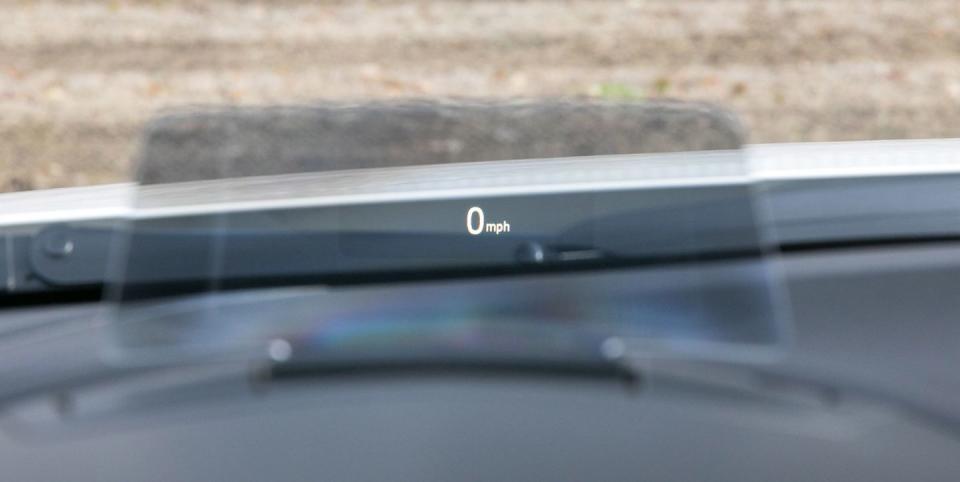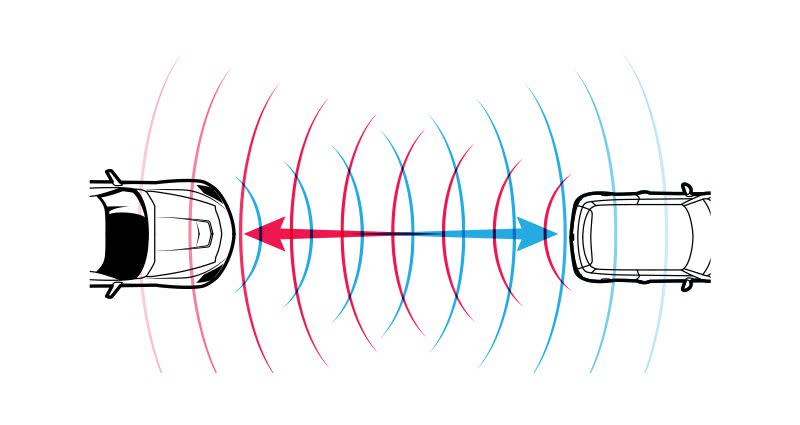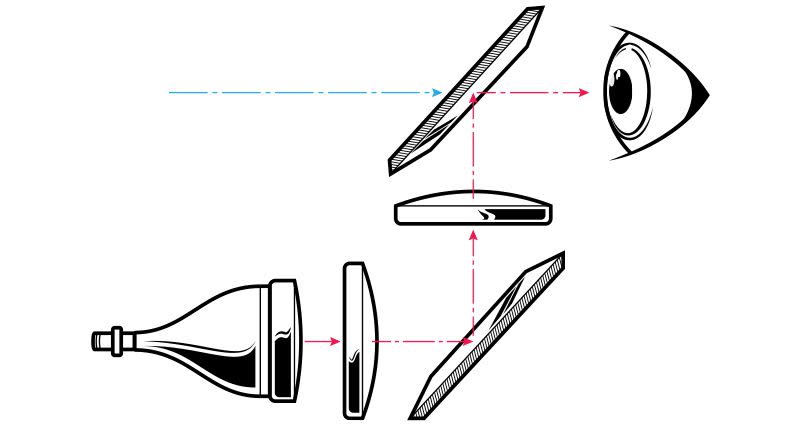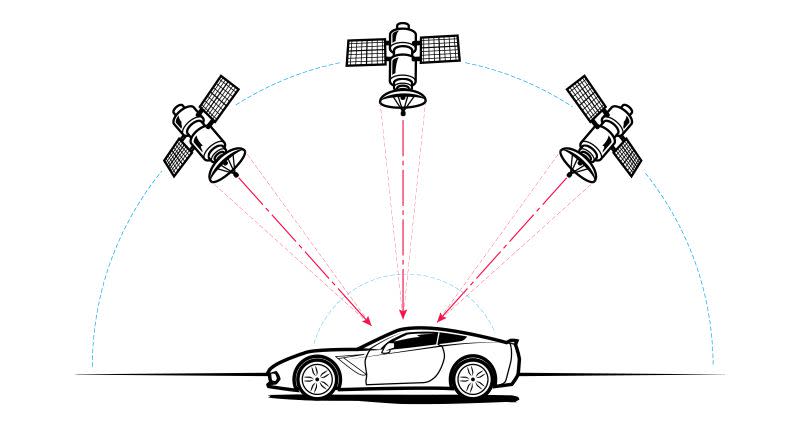Automotive Radar, GPS, and Head-Up Displays: How They Work

Radio detection and ranging, or radar, is said to be one of the key factors that turned the Battle of Britain in favor of the Allies. Without it, the German Luftwaffe likely would have pounded the island so hard that Hitler’s planned ground attack might have been possible. But radar didn’t just shift the tides of war, it quickly changed how we live. Radar-based air-traffic control began postwar and changed how we travel. Weather radar, which was stumbled upon by World War II radar operators, changed how we plan our schedules and prepare for coming weeks. Police radar devices, which use Doppler radar to measure the speed of a moving object and were developed in the 1940s, changed how we drive and also generated municipal income. Those gave rise to the radar-detector industry in the ’60s, producing such fantastic trade names as Bearfinder, Super Snooper, Smokey Patrol, and Fuzzbuster. But radar isn’t the only military technology to leave its imprint on the automotive world. Here are three military-derived technologies and how they work:

Radar: Send high-frequency electromagnetic radio waves into the air, and those waves will bounce off objects. Use a radio receiver to collect the waves, and the distance and speed of an object can be easily determined. Today’s cars use radar for active cruise control, collision-warning systems, blind-spot monitoring, and some mild automation. Ultrasonic sensors, such as those embedded in bumpers, detect close-range objects and work on a similar principle but use sound waves instead of radio.

Head-Up Display: The success of military fighter jets often hinges on the ability of pilots to make quick decisions; head-up displays were born out of pilots’ need to keep critical information in view at all times. Their eyes must focus on objects of varying distances, and glancing down at a cluster of gauges requires a split second that could mean the difference between life and death. Automotive HUDs work by projecting an image onto the treated surface of a car’s windshield (or a separate collimator panel, as in a fighter plane or a Mazda 3). To the driver, the displayed information appears parallax-free, or always in focus, thus preventing eye strain. GM was the first to put a HUD into a car, way back in 1988.

Global Positioning System: The U.S. Global Positioning System relies on a network of at least 24 satellites orbiting the earth at an altitude of 12,550 miles; they transmit their location in radio waves to a ground receiver. The receiver then calculates its relative position by way of trilateration. After a Korean Air 747 flew off course and was shot down by the Soviets in 1983, President Reagan issued a directive allowing civilian use of the GPS. But it wasn’t until President Clinton issued a policy in 2000 to unscramble civilian GPS signals, making them as precise as the military’s, that in-car navigation systems took off. If you doubt that the GPS has changed the automobile, think about the last time you pulled a road map from the glovebox.
This Is the Tech Fully Autonomous (Level 5) Cars Will Need To Have
Semi-Autonomous Cars Compared! Tesla vs. BMW, Mercedes, and Infiniti
You Might Also Like

 Yahoo Autos
Yahoo Autos 